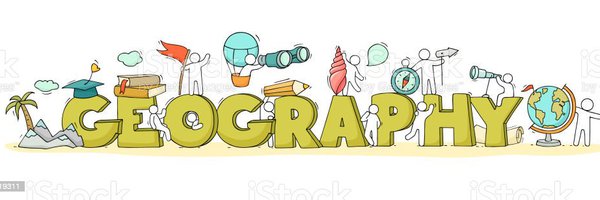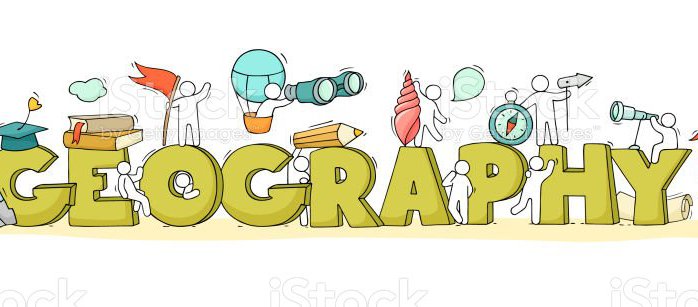
Geography

2nd November 2024
Year 7 students have explored the branches of Physical, Human, and Environmental Geography, focusing on themes such as change, impact, and inequality. Through their study of Ironbridge Gorge, the birthplace of the Industrial Revolution, they engaged with command words in geographical analysis. Currently, they are developing their mapping skills by examining different types of maps, converting scales, and relating map distances to real-world measurements. They are also transforming aerial photos into sketch maps and scaled maps. Upcoming lessons will cover 4- and 6-figure grid references, map distances, symbols, relief, and an introduction to longitude and latitude.
Year 8 students have delved into fieldwork and GIS, discovering how Dr John Snow’s 1854 fieldwork in London helped prevent cholera deaths. They examined the stages of fieldwork and report writing, as well as the applications of GIS, including its role in crime prevention. The focus then shifted to population studies, beginning with historical population growth and global distribution patterns. Students analysed the reasons behind global population disparities and discussed the impact of population growth on resources, other species, and the environment, concluding with predictions for future population trends.
Year 9 students began with the topic From Rock to Soil, exploring the journey of the British Isles over 550 million years and uncovering the variety of rock types, fossils, and mountain ranges found in the UK. They learned about plate tectonics, the rock-landscape connection, and the importance of soil. Moving forward, they examined renewable and non-renewable resources, with a focus on water, food, and energy issues. Currently, students are studying Earning a Living, covering the four economic sectors and analysing the impact of globalisation, the effects of COVID-19, and future employment prospects, using Doncaster’s urban regeneration as an insightful case study.








